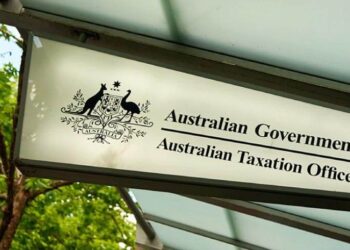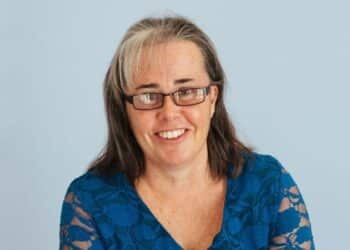On 21 May 2021, the Treasury released draft legislation to implement previously announced measures in the May 2019 federal budget to streamline how superannuation funds claim exempt current pension income (ECPI) in respect of exempt pensions.
This includes removing the current unnecessary requirement to obtain an actuarial certificate to determine ECPI where 100 per cent of the fund’s assets are supporting the payment of pensions, but the operation of s.295-387 of the ITAA 1997 applies (i.e. disregarded small fund assets) and providing the trustee with a “choice” in calculating ECPI where the fund has both segregated and unsegregated periods during an income year.
Smarter SMSF CEO Aaron Dunn said that it will be important to consider the various impacts from the second measure of providing the trustee with a “choice” in calculating tax exemption where the fund has both segregated and unsegregated pension assets throughout the income year. He noted this can create different outcomes for the SMSF, especially across income streams with respect to capital gains and losses.
“It is important to note that the ‘choice’ of method only occurs in the context where the fund has periods of both the fund being in entirely in pension phase (i.e. deemed segregated period) and has a proportion of both accumulation and pension assets — where an actuary certificate is required to determine tax exemption,” Mr Dunn said.
In an example provided, consider Doug and Fran are members of their SMSF. Fran is retired and drawing an account-based pension (ABP). Doug starts his ABP in the fund from 1 September 2021.
On 1 March 2022, Doug rolls back his pension to the accumulation phase and makes a NCC into the fund. He then restarts his pension on 1 April 2022 and remains in the retirement phase until the end of the financial year.
As a result of these measures (to be finalised), the fund will have a choice at the time of completing the SMSF annual return to determine how the fund’s tax exemption (ECPI) will apply.
When making the choice, Mr Dunn said the explanatory memorandum to the exposure draft provides that the trustees will have the choice to determine the ECPI method at the time of the SMSF annual return — that is, it is an end-of-year function and not a decision that needs to be made anytime prior to the tax return.
“The important points to note are all income and expenses received within the segregated periods are ignored for income tax purposes (s.295-385 and s.118-320 of the ITAA 1997),” Mr Dunn said.
“Further, all income and expenses received within the unsegregated periods will have the tax-exempt percentage applied from the actuary certificate as per s.290-390, ITAA 1997, and s.102-5 for CGT purposes.
“The alternate approach takes us back to the ‘old method’ for determining ECPI — that is, rather than considering the timing of when income is received, the actuary certificate will apply for the entire income year and therefore consider what has been ‘earned’.”
Based upon this “choice”, Mr Dunn said all income and expenses received, regardless of the different periods, will have the actuarial percentage applied to all income and expenses of the fund earned across the income year (s.295-390, ITAA 1997).
While this “choice” will be limited to funds with both segregated and unsegregated periods during an income year, Mr Dunn noted it is important to consider that, strategically, there are some very different scenarios that can play out subject to the timing of income received, in particular with capital gains and losses.
“Going back to our example with Doug and Fran, let’s assume that they sell an asset on 30 May 2022, where during this period the fund’s assets are entirely supporting pensions,” Mr Dunn said.
“By applying the current method of ECPI, any capital gains or losses are ignored, therefore providing a better result for a capital gain, than a proportionate tax exemption under the actuary certificate option (where the tax-exempt percentage will be less than 100 per cent).
“Alternatively, though, if the asset crystallised a capital loss, it may be more prudent to consider the second option should the fund wish to carry forward to loss against future capital gains, as the calculation of any CGT is utilised under the method statement calculation in s.102-5 of the ITAA 1997.”
Mr Dunn said this can demonstrate the potential opportunities that will be available to consider when completing the tax return for 2021–22 and onwards.
“I think it would not be unreasonable to think that the fund’s actuary will play an important role in helping to assess these situations to provide an optimal tax outcome,” Mr Dunn said.
“Trustees will also need to demonstrate through documentation the ‘choice’ that has been made each year in determining a fund’s tax exemption.”
This comes as DBA Lawyers had also recently examined the proposed changes in the draft legislation using case studies to illustrate how ECPI would be claimed.


